Full statement below.
Press Release on Financial Markets
To support financial stability and sustain the effective functioning of markets, the following measures have been introduced:
I. Turkish lira liquidity management:
1) In the framework of intraday and overnight standing facilities, the Central Bank will provide all the liquidity the banks need.
2) Discount rates for collaterals against Turkish lira transactions will be revised based on type and maturity, thus providing banks with flexibility in their collateral management. Through this regulation, the discounted value of banks’ current unencumbered collaterals is projected to increase by approximately 3,8 billion Turkish liras.
3) Collateral FX deposit limits for Turkish lira transactions of banks have been raised to 20 billion euros from 7,2 billion euros.
4) As cited in the Monetary and Exchange Rate Policy Text for 2018, when deemed necessary, in addition to one-week repo auctions, which are the main funding instrument of the Central Bank, traditional repo auctions or deposit selling auctions may be held with maturities no longer than 91 days.
5) For the days with relatively higher funding need, more than one repo auction may be conducted with maturities between 6 and 10 days.
6) To provide flexibility in banks’ collateral management, upon the request of banks, a portion of or the entire amount of the winning bids in one-week repo auctions will be allowed to be used in deposit transactions instead of repo transactions at the Central Bank Interbank Money Market with the same interest rate and maturity.
II. FX liquidity management:
1) Banks will be able to borrow FX deposits in one-month maturity in addition to one-week maturity.
2) The Central Bank will resume its intermediary function at the FX deposit market. Accordingly, through the intermediation of the Central Bank, banks will be able to borrow from and lend to each other at the FX deposit market as per the rules set by the Implementation Instructions on the Foreign Exchange and Banknotes Markets.
3) Banks’ current foreign exchange deposit limits of around 50 billion US dollars may be increased and utilization conditions may be improved if deemed necessary.
4) Banks will continue to purchase foreign banknotes from the Central Bank via foreign exchange transactions within their pre-determined limits at the Foreign Exchange and Banknotes Markets.
The Central Bank will closely monitor the market depth and price formations, and take all necessary measures to maintain financial stability, if deemed necessary.




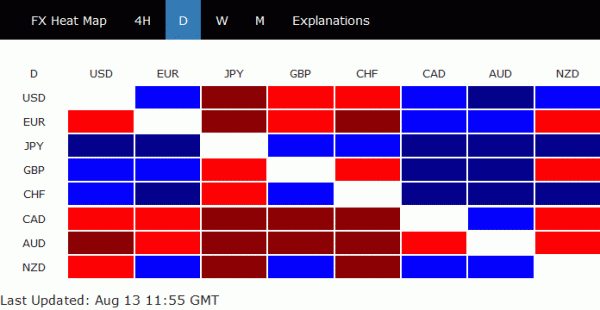
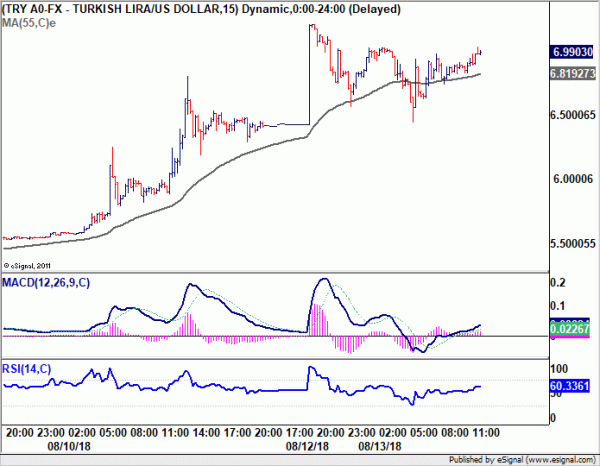
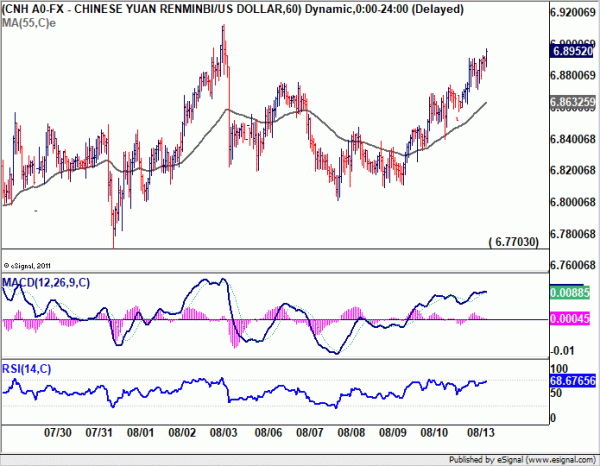
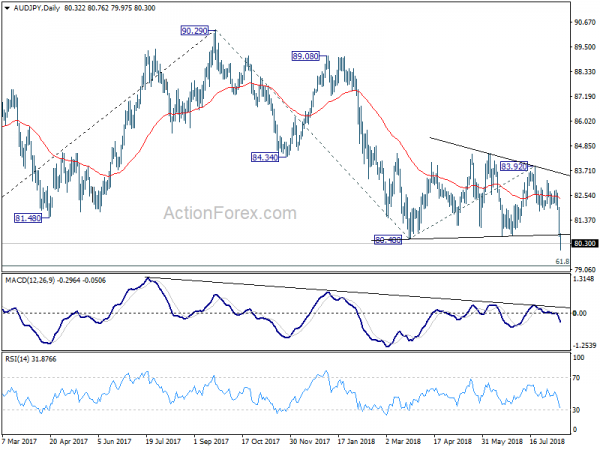
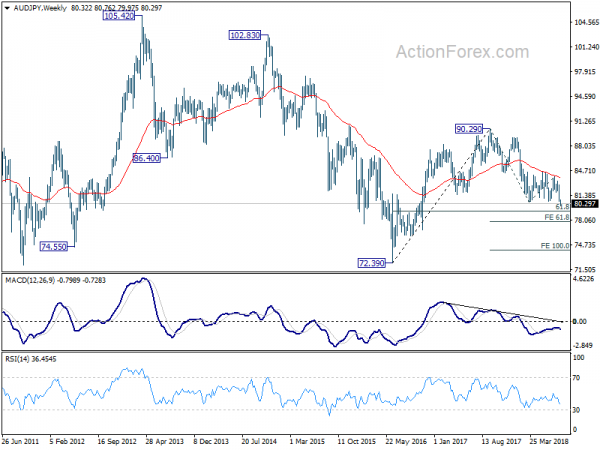
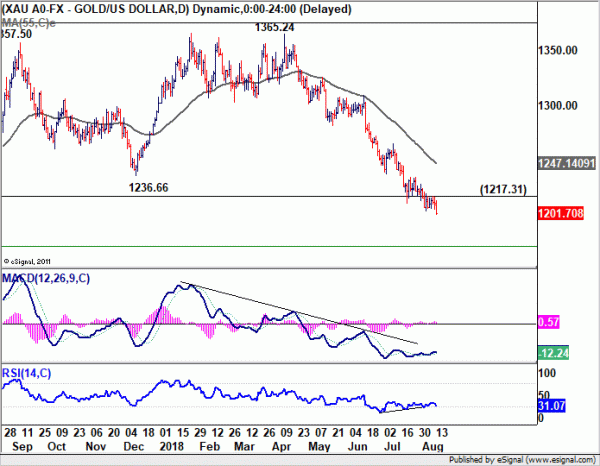
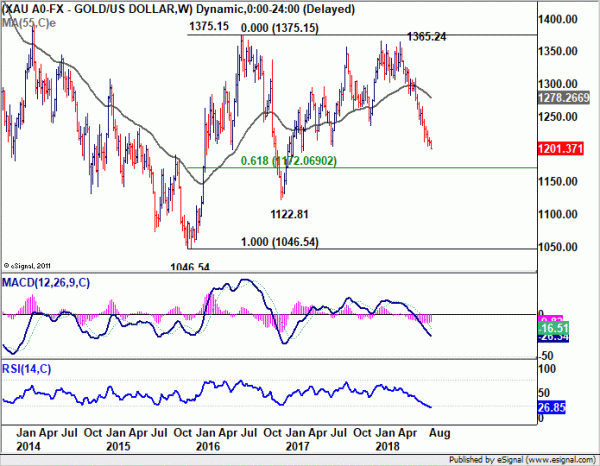
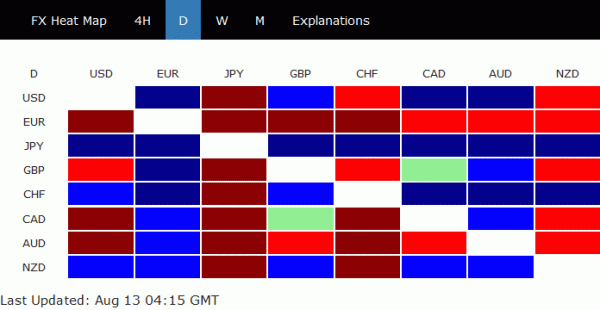
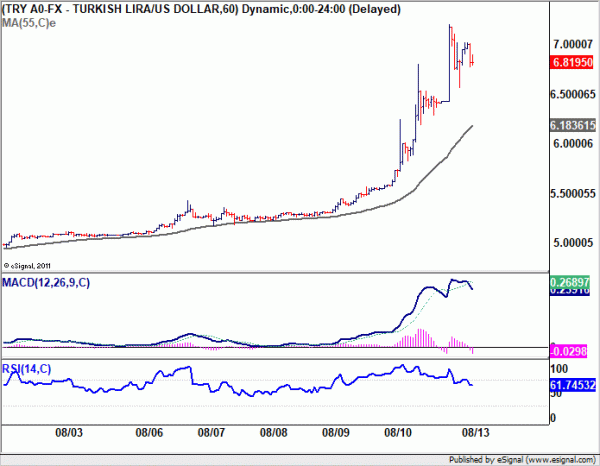
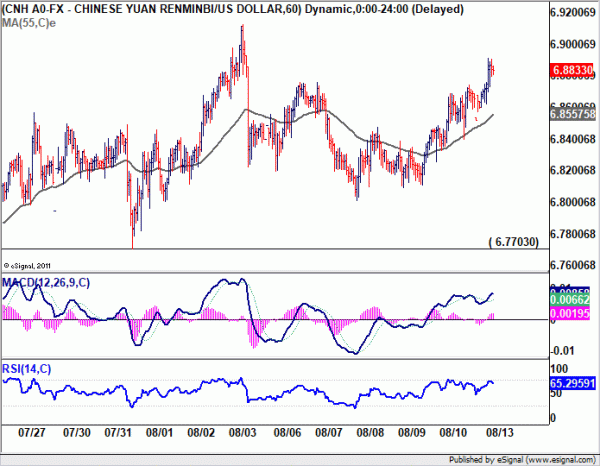
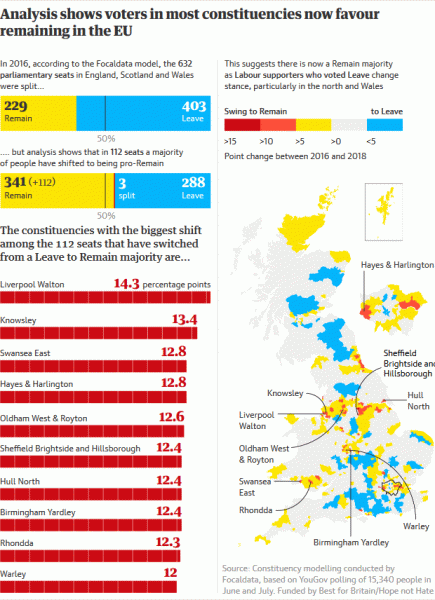
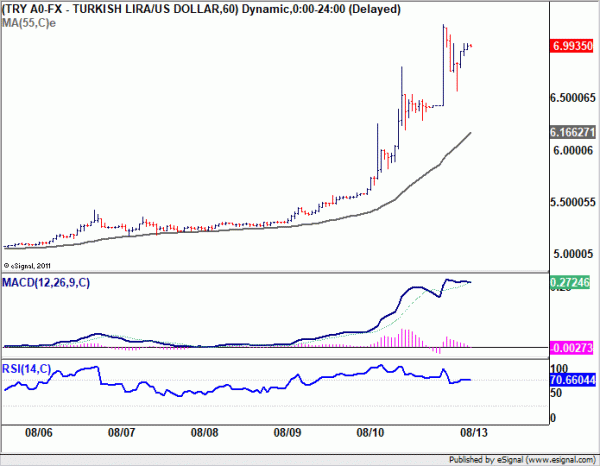

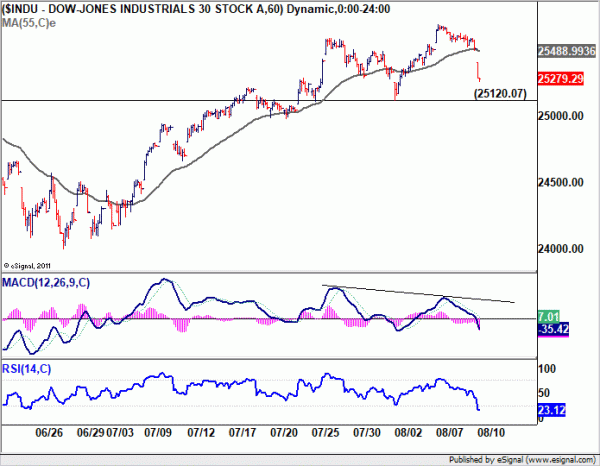
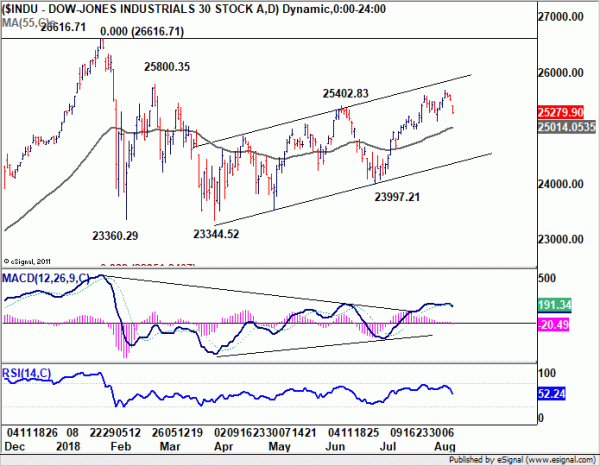
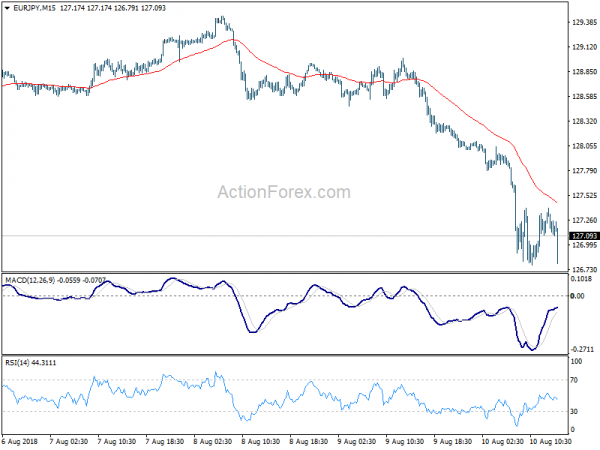
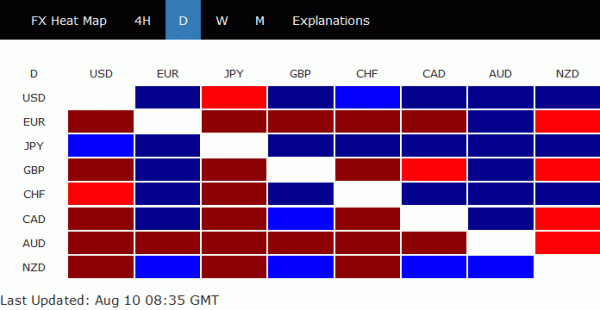
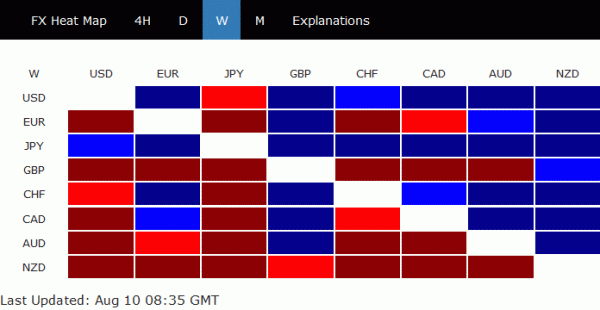
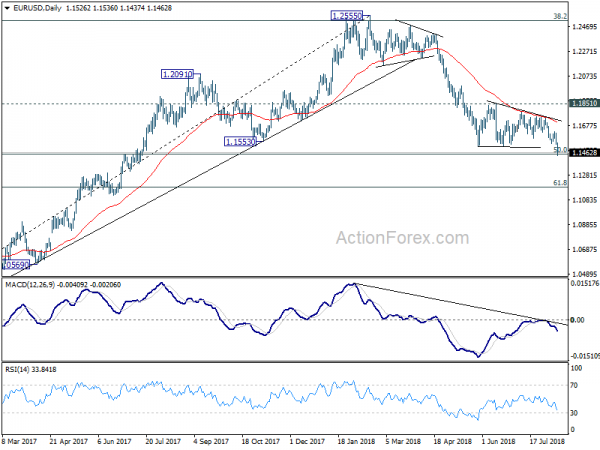
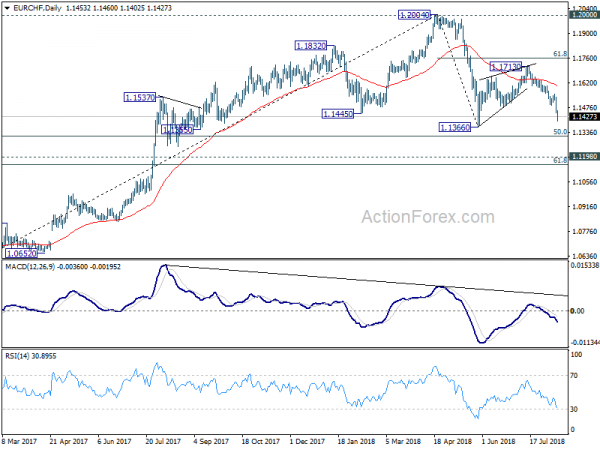
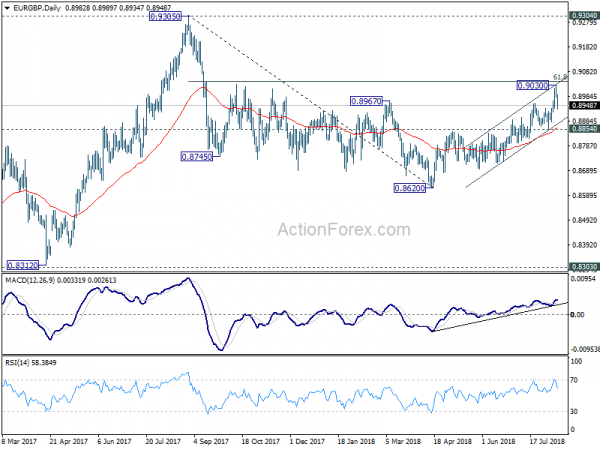
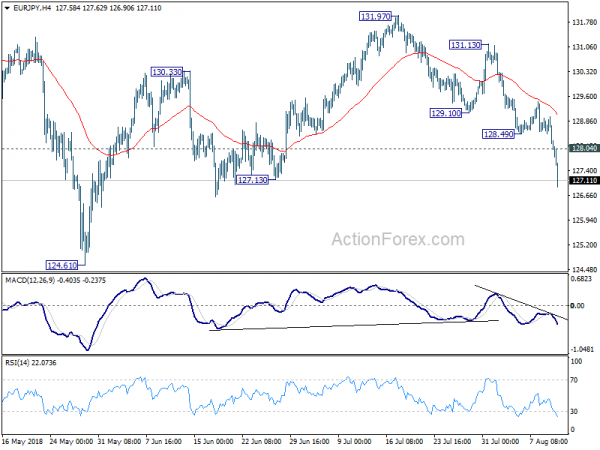
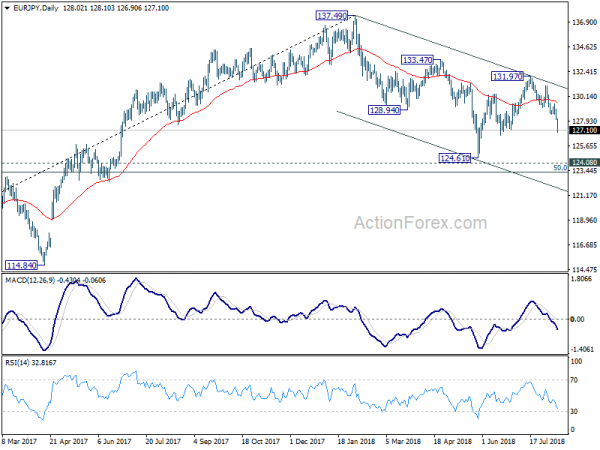
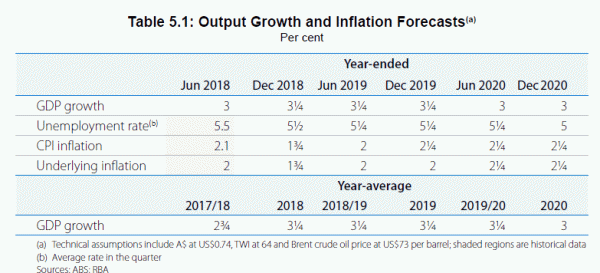
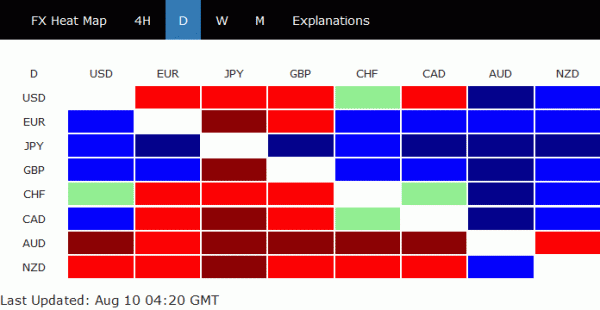

US embassy denies statement of release of pastor Brunson
Lira has a quick dip in early US session while Yen crosses recover in general. The trigger is a social media report that American pastor Andrew Brunson, will be released from house arrest by August 15.
The U.S. Embassy in Ankara, Turkey, quickly comes out and denies that it released related statement.
While the rumor is denied, the reactions in the markets argue that traders are ready to take any positive news to close out their positions. The worst of Turkish crisis might be temporarily over.